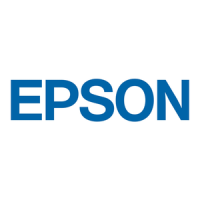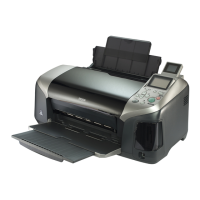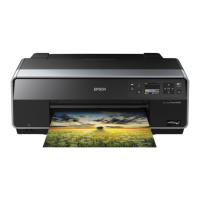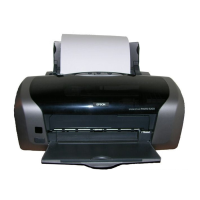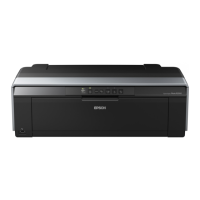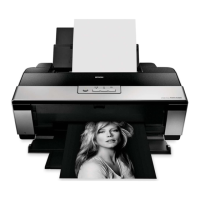16 Accessing Photos
4. In Windows XP, you see a screen like the one on the
right. Choose one of the supported programs or options
to open, view, or print your photos. If you don’t see this
screen, click
Start > My Computer. Then double-click
the removable disk icon to access your photos.
In Windows 98, Me, or 2000, double-click the
My
Computer
icon. Then double-click the removable disk
icon to open, view, or print your photos.
In Mac OS
®
X, a drive icon appears on your desktop. You
can open the drive and copy your photos to your
computer. If you have iPhoto
®
and you have it set to open when a digital camera is
connected, it will open when you insert a memory card.
Caution: If you access the card from your computer and delete files from the card, add files to
the card, or format the card, the card may not work correctly with your camera and the printer
may not be able to read the files on the card. Always format cards and delete pictures using
your camera, and do not copy files to the card from your computer.
Removing a Memory Card
Once you’re finished copying photos from your memory card, follow the steps below to
remove it. Be sure to remove any cards before unplugging the USB cable from your printer.
Caution: Do not eject a card while the card light is flashing or without performing the steps
described below, or you may lose data on the card. Be sure all cards have been removed
before unplugging the USB cable.
1. Depending on your operating system, you may need to do one of the following:
■ In Windows Me or 2000, click the Unplug or Eject Hardware icon on the
taskbar. Click
Stop USB Mass Storage Device.
■ In Windows XP, click the Safely Remove Hardware icon on the taskbar. Then
click
Safely Remove USB Mass Storage Device.
■ On a Macintosh, drag the memory card icon from your desktop to the trash.
2. Then remove your card by pulling it straight out of the slot.
Pbasics.book Page 16 Monday, August 1, 2005 12:31 PM

